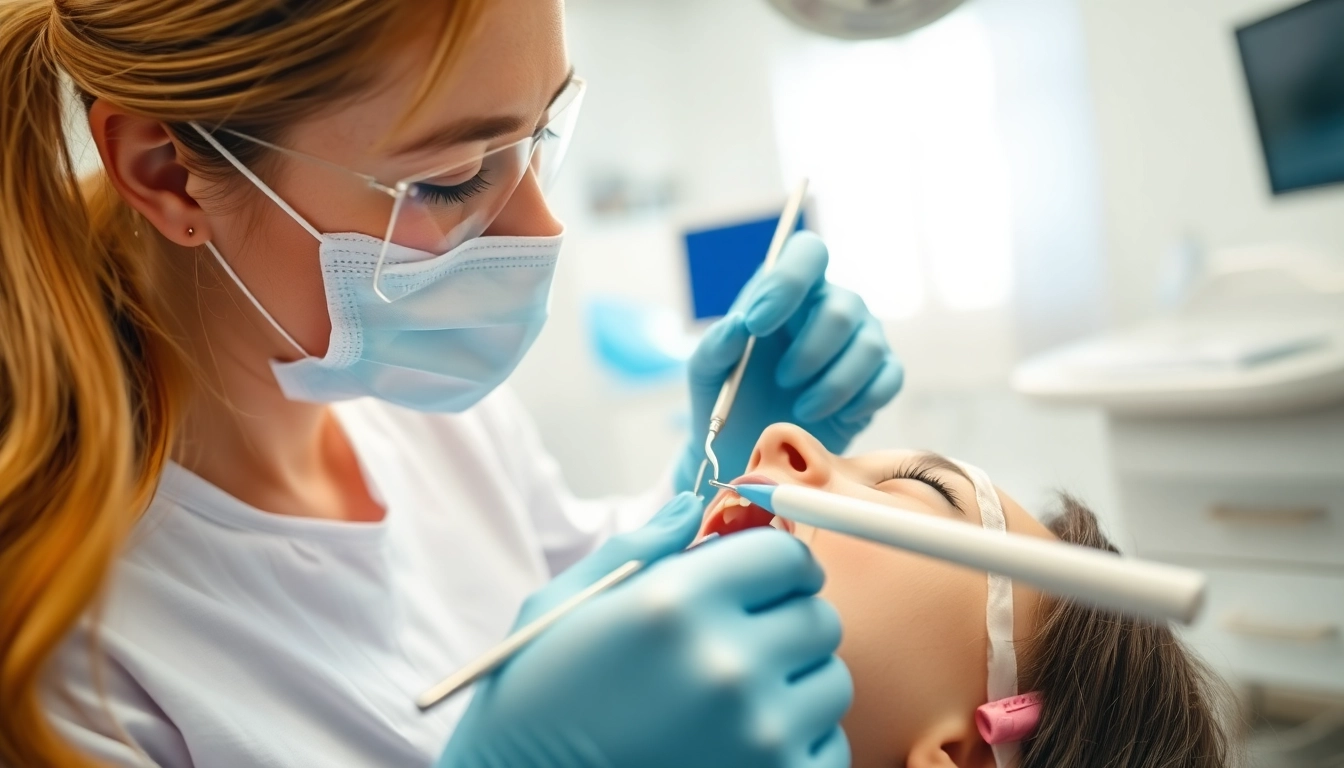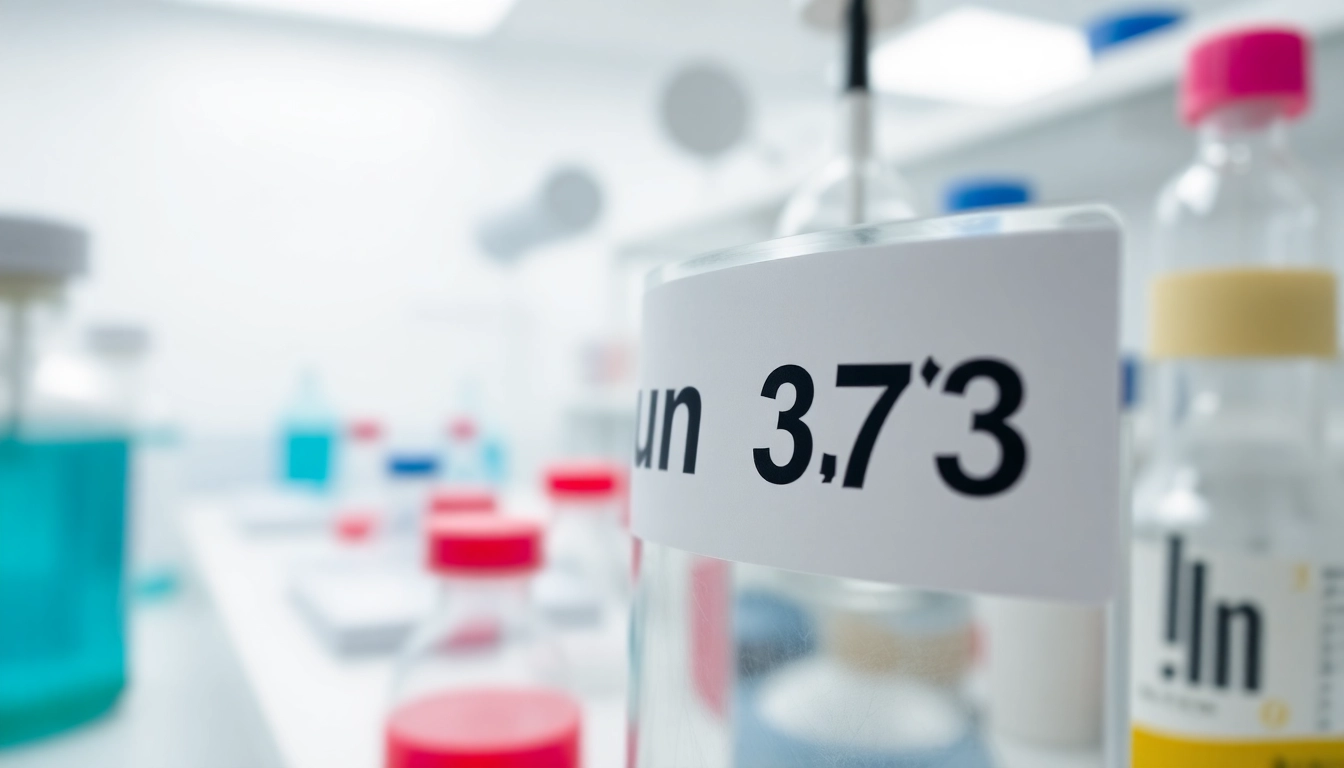1. What are Dental Cleanings?
a. Definition of Dental Cleanings
Dental cleanings refer to professional cleanings performed by a dentist or dental hygienist, which involve the removal of plaque, tartar, and stains from the teeth to maintain optimal oral hygiene. These cleanings play a crucial role in preventing periodontal disease and cavities, ensuring that your teeth and gums remain healthy. Frequently, these appointments include not just the cleaning process but also examinations that help detect any underlying issues that may require further attention, such as cavities or gum disease.
b. Importance of Routine Dental Cleanings
Routine dental cleanings are vital for maintaining oral health. They allow for the early detection of dental issues, thus preventing more serious problems down the line. Regular cleanings help ensure that plaque does not harden into tartar, which can only be removed by a professional. Moreover, these cleanings are an opportunity for patients to receive personalized advice regarding their oral care routines, ensuring that they maintain their dental health effectively at home.
c. How Often Should You Schedule Dental Cleanings?
The general recommendation for dental cleanings is to schedule them at least twice a year. This frequency can vary based on individual risk factors such as age, oral hygiene habits, and medical history. For example, individuals with gum disease or those who are prone to cavities may require more frequent visits. It’s always best to consult with your dentist to determine the appropriate schedule for your dental cleanings.
2. The Dental Cleaning Process Explained
a. Step-by-Step Breakdown of Dental Cleanings
The dental cleaning process generally involves several key steps:
- Initial Assessment: The dentist or hygienist will begin with an initial examination of your mouth, checking for any signs of dental problems.
- Placing a Protective Bib: A bib is placed on you to protect your clothing from any debris during the cleaning.
- Scaling: This step involves the use of special tools to remove plaque and tartar from below and above the gum line.
- Polishing: After scaling, your teeth will be polished using a gritty toothpaste to remove surface stains.
- Flossing: The hygienist will floss between your teeth, ensuring that no plaque is left behind in hard-to-reach areas.
- Fluoride Treatment (if necessary): A fluoride treatment may be applied to strengthen your enamel and prevent tooth decay.
b. Tools Used During Dental Cleanings
The tools utilized during a dental cleaning include:
- Scaler: To remove tartar and plaque from the teeth.
- Curette: Used for scaling as well but can also be used to clean below the gum line.
- Patient Monitor: Monitors your pulse and vital signs during more complex procedures.
- Polishing Tool: A motorized tool that uses a soft rubber cup to polish teeth.
- Floss: Used for the final cleaning of the gums and teeth.
c. What to Expect During Your Dental Cleaning Appointment
During your dental cleaning appointment, you can expect a pleasant environment where the dental professional will make sure you’re comfortable. Initial assessments may involve mental health screenings, especially for patients with anxiety about dental visits. You will also be informed about each step as they proceed with cleaning, which can help ease any apprehensions. The entire appointment typically takes around 30 minutes to an hour, allowing ample time for you to ask questions about your oral health.
3. Types of Dental Cleanings
a. Preventive vs. Deep Dental Cleanings
Preventive cleanings are the standard cleaning appointments typically performed semi-annually. These aim to remove minor plaque and tartar buildup and promote general oral health. In contrast, deep cleanings, also known as scaling and root planing, are necessary for patients who exhibit signs of gum disease. These cleanings entail a more thorough cleaning, which involves not just the surface of the teeth but also the roots, assisting in the removal of bacteria and tartar accumulation below the gum line.
b. Specialized Dental Cleanings for Different Needs
Individuals with specific oral health issues may require specialized dental cleanings. For example, those with periodontal disease may need more extensive cleanings involving anesthesia, while patients with braces might have unique cleaning requirements to ensure that their appliances are properly maintained. Special cleaning products can also be employed, such as antimicrobial mouth rinses to help prevent infections in those who are susceptible.
c. How to Choose the Right Type of Dental Cleaning
Choosing the right type of dental cleaning often depends on personal oral health, dental history, and the advice of your dentist. For routine maintenance, standard preventive cleanings are typically sufficient. However, if you have a history of gum disease or other complications, a more intensive deep cleaning may be advantageous. It is essential to discuss your personal health factors with your dental professional to ensure that you receive the most effective cleaning regimen tailored to your needs.
4. Benefits of Regular Dental Cleanings
a. Health Benefits of Maintaining Oral Hygiene
Regular dental cleanings have numerous health benefits, including the prevention of tooth decay, gum disease, and bad breath. They also play a significant role in detecting oral health problems at an early stage. By regularly visiting a dentist, you can ensure that minor issues are addressed before they escalate into significant health concerns, such as abscesses or tooth loss.
b. Impact on Overall Well-being and Confidence
The connection between oral health and overall well-being is well-established. Poor dental health can lead to systemic health issues, including heart disease and diabetes. Regular cleanings contribute to better overall physical health, which can enhance both mental well-being and social confidence. Additionally, having a clean and healthy smile can improve social interactions, self-esteem, and quality of life.
c. Cost-Effectiveness of Preventive Dental Care
Investing in preventive dental care, such as regular cleanings, can be cost-effective in the long run. Treating advanced dental diseases costs significantly more than routine cleanings and preventive measures. By prioritizing your dental health services, you can mitigate the risk of expensive treatments down the line, such as root canals, crowns, or tooth extractions.
5. Common Myths About Dental Cleanings
a. Addressing Pain and Discomfort Concerns
Many individuals fear that dental cleanings will be painful or uncomfortable. However, with advances in dental technology and anesthesia techniques, most patients experience minimal discomfort. Dentists and hygienists are trained to ensure that the cleaning process is as comfortable as possible, and patients are encouraged to communicate any anxiety to receive particular support.
b. Misconceptions About Dental Cleanings
A common misconception is that dental cleanings are only necessary when there are visible problems. Regular cleanings are essential for maintaining long-term oral health. Even when your teeth appear problem-free, plaque and tartar can build up in hard-to-see areas, leading to potential health issues that may develop without regular attention.
c. When Dental Cleanings Are Necessary vs. Optional
Dental cleanings are generally categorized as necessary for anyone seeking to maintain good oral health. While some may view these visits as optional in absence of pain, they are key in oral health maintenance. Establishing a solid preventive dental care regimen through regular cleanings can help avoid unnecessary complications and subsequent treatments. It is best to treat cleanings as an essential aspect of overall health rather than a luxury.



